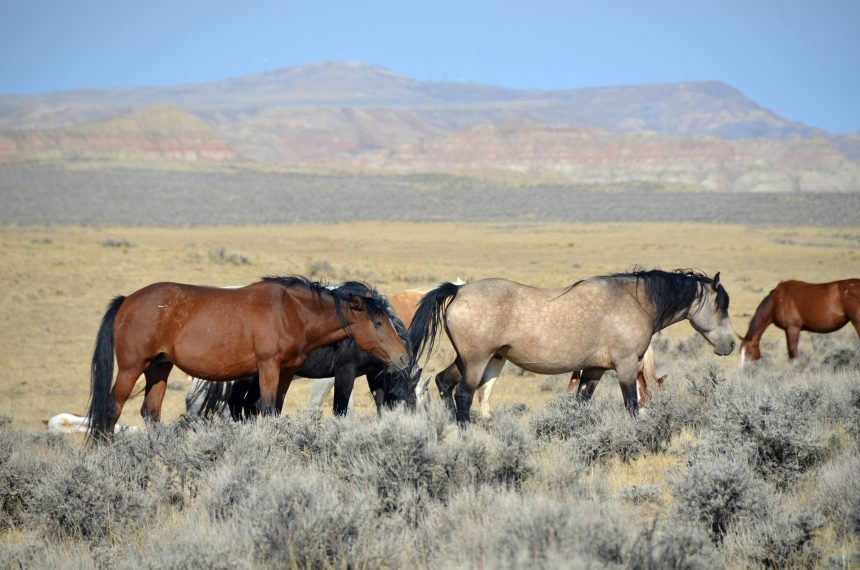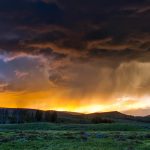Nestled in the heart of the American West, Wyoming is a state known for its rugged beauty and iconic landmarks, such as Yellowstone National Park and the Grand Tetons. But beyond its stunning natural scenery, Wyoming also boasts a rich history and vibrant culture that is unique to the region. In this article, we’ll explore some of the key historical events and cultural traditions that have shaped Wyoming into the state it is today.
Native American Heritage
Long before European settlers arrived in Wyoming, the region was inhabited by various Native American tribes, including the Shoshone, Crow, Arapaho, and Cheyenne. These tribes lived off the land, hunting bison and other game, and gathering wild plants for food and medicine. They also had complex spiritual beliefs and practices, which were tied closely to the natural world.
One of the most well-known events in Wyoming’s Native American history is the Battle of Little Bighorn, which took place in 1876. This was a major conflict between the Sioux, Cheyenne, and Arapaho tribes and the US Army, led by General George Custer. The battle resulted in a resounding victory for the Native American forces, but it was also a turning point in the US government’s efforts to subdue and assimilate indigenous peoples.
Early Settlement and Industry
In the late 1800s, Wyoming became a hub of activity for settlers and entrepreneurs looking to make their mark in the West. The discovery of gold in the Black Hills of neighboring South Dakota drew many prospectors to Wyoming, and the state soon became known for its mining and ranching industries. The railroad also played a key role in Wyoming’s development, connecting the state to major cities and markets across the country.
One notable figure from Wyoming’s early settlement era is “Buffalo” Bill Cody, a legendary frontiersman and showman who founded the famous Wild West Show. Cody’s performances featured reenactments of cowboy life and Native American battles, and they helped to shape popular perceptions of the American West.
Modern Wyoming Culture
Today, Wyoming is a diverse and thriving state with a rich cultural heritage. The state’s cowboy culture remains an important part of its identity, with rodeos and ranching still playing a major role in many communities. Wyoming is also home to several Native American reservations, where tribal traditions and languages are preserved and celebrated.
In recent years, Wyoming has become known for its vibrant arts scene, with festivals, galleries, and museums showcasing the work of local artists and craftsmen. The state is also home to several world-renowned universities, which attract students from around the globe.
Conclusion
From its Native American roots to its bustling modern cities, Wyoming is a state that is steeped in history and culture. By exploring the region’s past and present, we can gain a deeper understanding and appreciation of the people and traditions that have shaped this unique corner of the American West. Whether you’re a resident or a visitor, there’s always something new to discover and explore in Wyoming.






